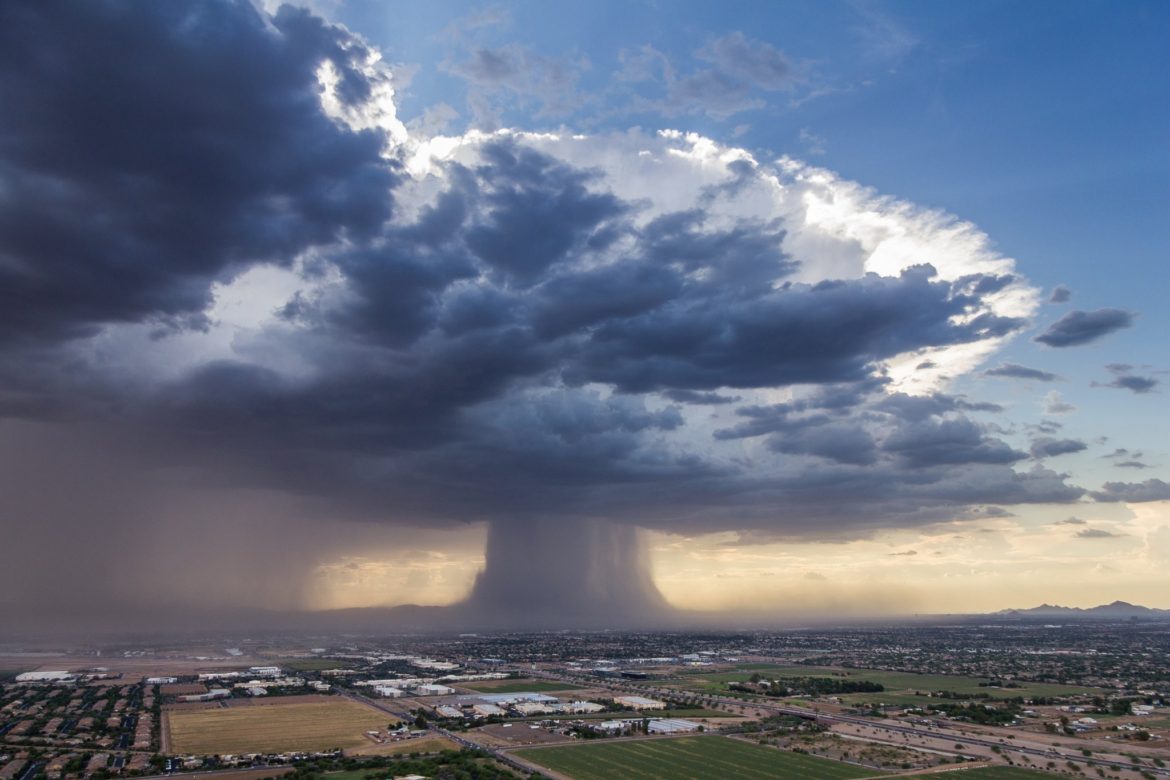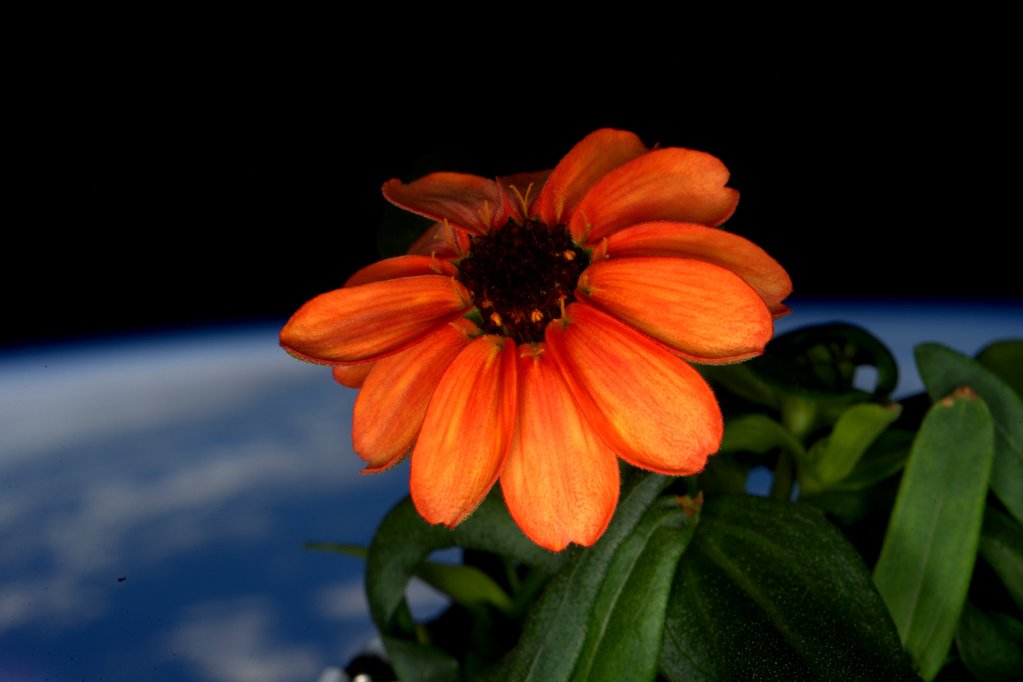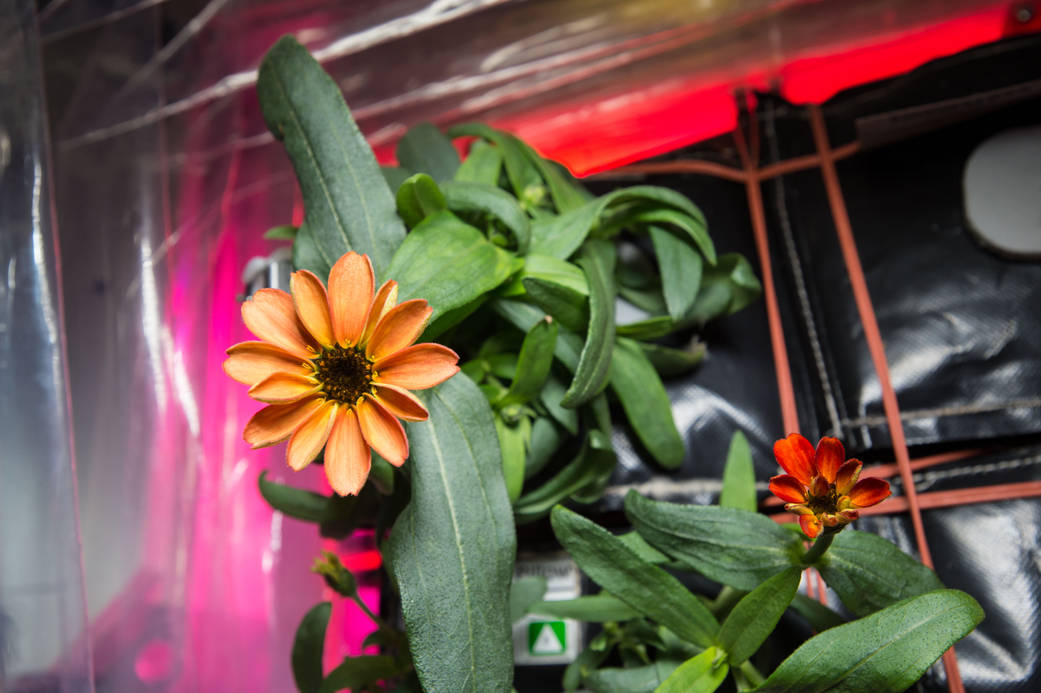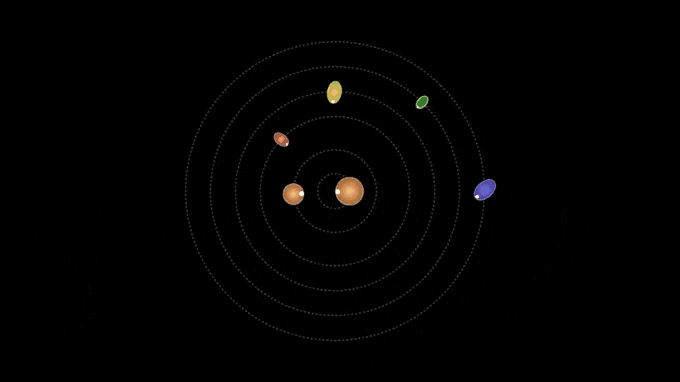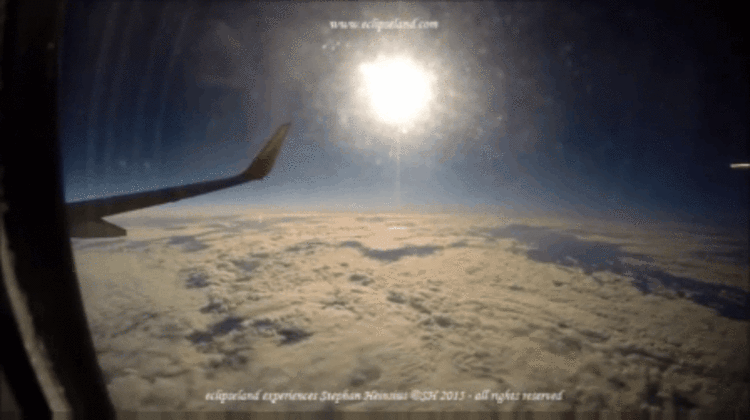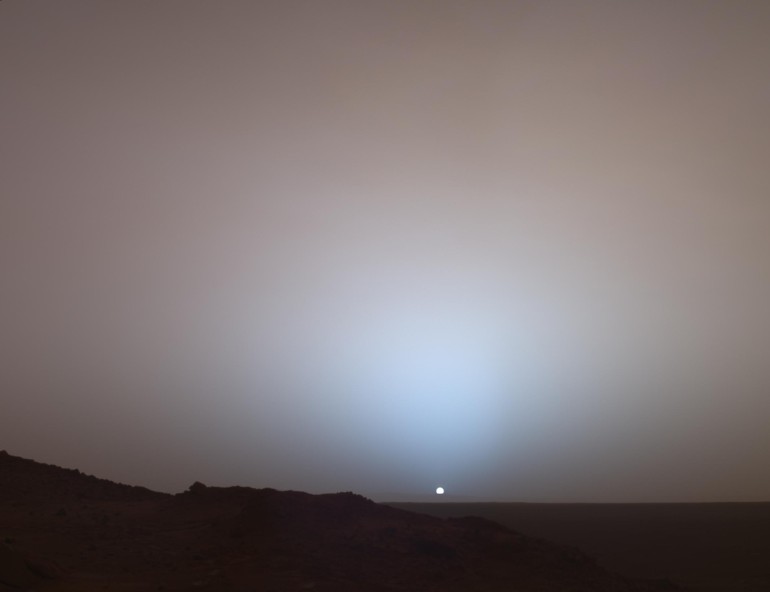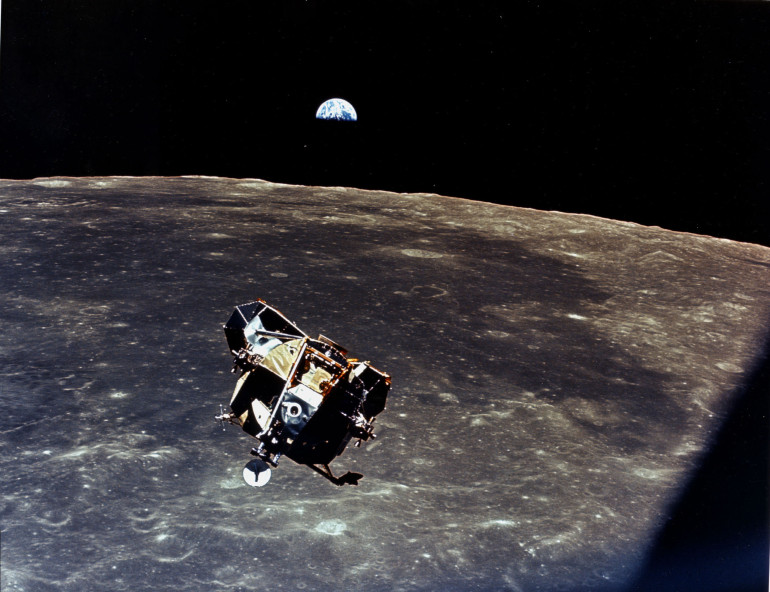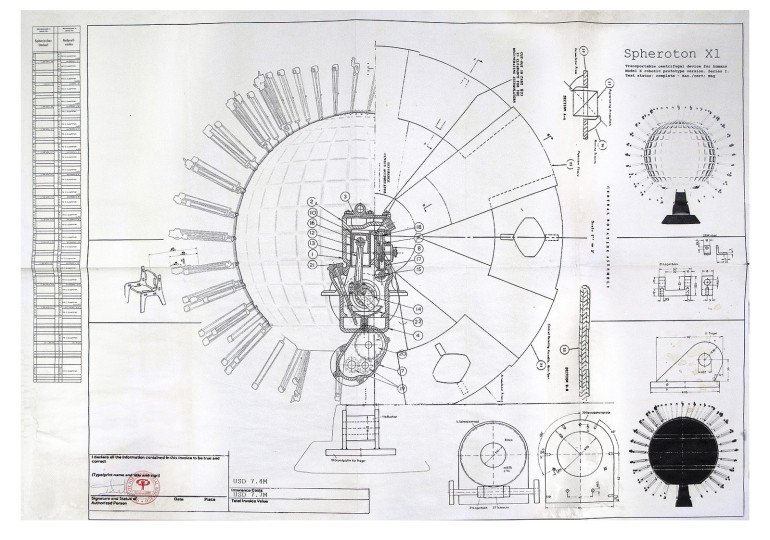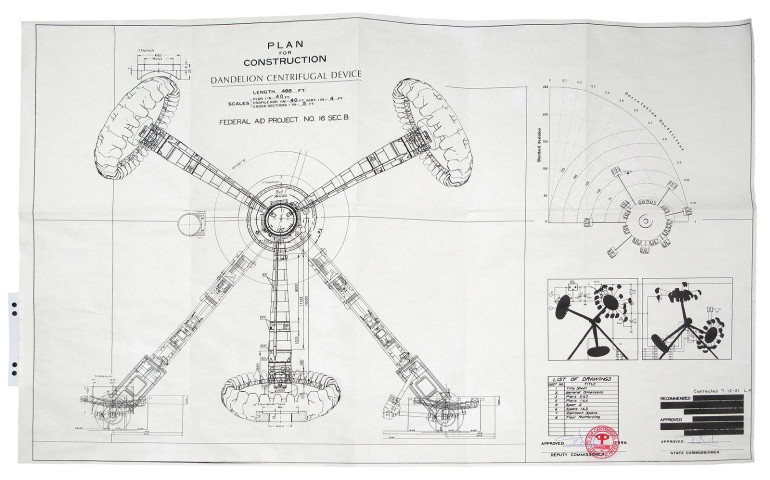Photographs Of A Microburst Pouring Down On Pheonix
Helicopter Reporter Jerry Ferguson (with help from Pilot Andrew Park took these unbelievable photos earlier this week while filming the weather for a local television station. No, it is not an A-bomb detonated over Phoenix. The photo depicts a dangerous weather phenomenon known as a microburst.
Microbursts are small but powerful rushes of rain-cooled air that collapse toward the ground from a parent thunderstorm. They are basically like a tornado in reverse – while a tornado funnels wind in and up, a microburst’s wind is funneled down and out. Microbursts are created by the downdrafts found in strong thunderstorms and are triggered by two main physical processes — the drag that’s created by falling rain and hail, and evaporation. Once the downdraft hits the ground, the wind — with gusts up to 150 mph — spread out over the land in all directions.
Below is a timelapse video of the same storm shot by Bryan Snider from the vantage point of Phoenix’s Sky Harbor International Airport. The rainshafts in this footage make it look like Mother Nature turned on a faucet.
Via Colossal

